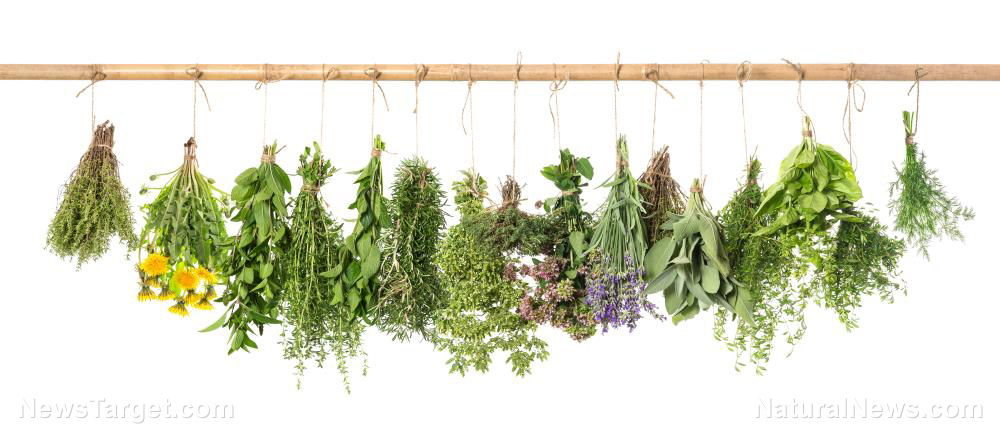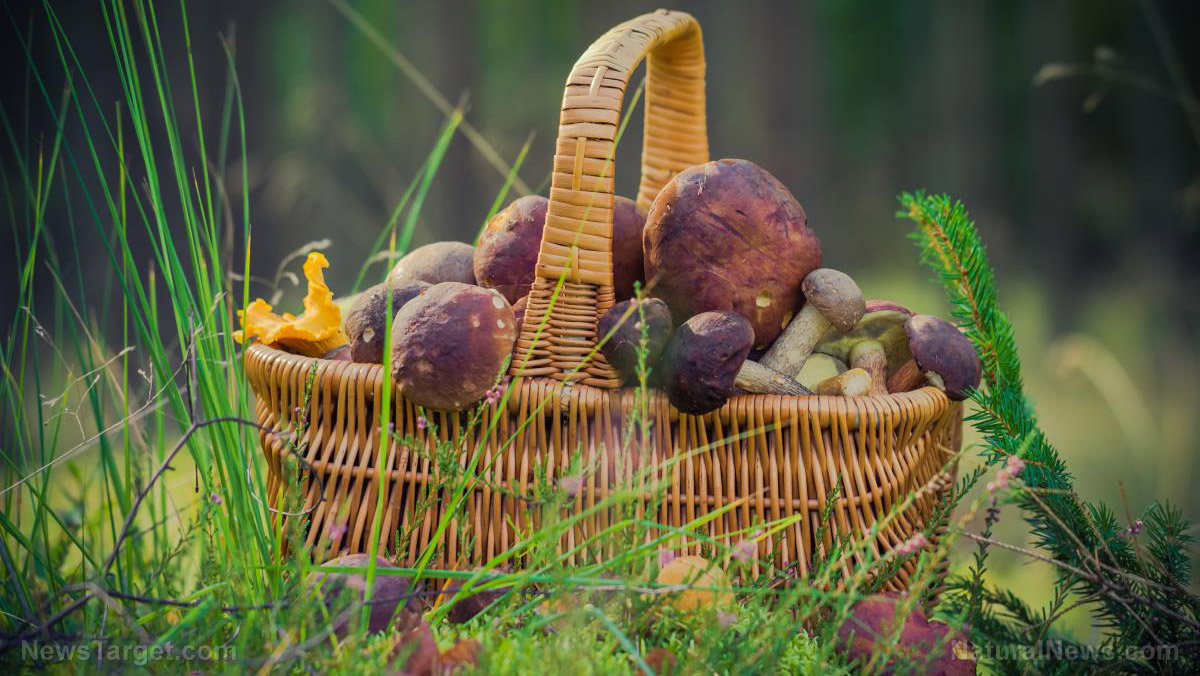
Advertisement
Thanksgiving dinner is often prepared with herbs like rosemary, sage and thyme. But if you want to have these aromatic herbs on hand all-year-round, why not grow them right in your own garden?
If you don’t have a spacious garden in your backyard, you can also grow these herbs in a container garden in your kitchen.
Growing Thanksgiving herbs
Thanksgiving favorites include parsley, sage, rosemary and thyme, but you can also grow other plants like bay, chives, marjoram and oregano if you want to cook with more herbs during the holidays.
Bay laurel, chives, marjoram, oregano, rosemary, sage and thyme all require full sun and they should be planted in well-draining soil. These herbs will survive on relatively small amounts of water.
However, herbs grown in pots still need more water than other plants in your garden. Leave out potted plants in a sunroom or in areas with full sun exposure.
Bay laurel
Bay will eventually grow into a large tree, but you can take care of this plant in a pot until it does.
Bay laurel grown in a pot should be placed by a bright window with south- or southwestern exposure.
Bay can withstand some wind, but only if it’s planted in the right size container. Plant bay laurel in a container filled with potting soil. Combine one part cactus mix combined with four parts all-purpose potting soil for well-draining soil that can still retain enough water to keep a plant healthy
Add bone meal or all-purpose fertilizer made specifically for container plants to start. Follow the manufacturer’s guidelines for new plantings.
Plant your seedlings or a transplant in the container and water well. Bay can grow for several years in a large enough container.
Chives
Chives tend to spread like mint, but if you constantly harvest the herb you can grow it in a pot. Move the container to the garden in the spring.
Marjoram and oregano
Marjoram and oregano belong to the same family. Note that both herbs will develop a similar taste if you grow them in the same container.
To prevent this, separate these herbs. If left alone, both marjoram and oregano will spread quickly. Relocated these herbs to your garden if you want them to flourish.
Rosemary
Rosemary is a beautiful plant that will eventually grow into a bush. This common Thanksgiving herb is often used to flavor potatoes or stuffed into a turkey.
To successfully grow rosemary, you need sunlight, good drainage and good air circulation. If you live in a frost-free area, you can grow rosemary in the ground year-round. In time, it will grow into a lush, bushy shrub.
For gardeners in cold-winter climates, grow rosemary in the ground as an annual. Alternatively, you can keep it in a container that you bring indoors before the first frost.
Plant rosemary in sandy, well-draining soil. Note that the herb won’t grow well if its roots stay wet.
Water rosemary plants when the soil is completely dry, but don’t over-water or leave the soil soggy when growing in containers. This may cause root rot.
Rosemary needs six to eight hours of full sunlight daily. When growing it indoors, place the herb in a south-facing window for bright light.
Rosemary is not a heavy feeder, but it needs to be fertilized in spring with a fish and kelp emulsion to keep it healthy.
Sage
Sage is a great companion plant for rosemary.
Sage can be grown in partial sun, but it’s best to grow the herb in full sunlight if you want a more aromatic and healthier sage plant.
Place the plant in a room that receives six to eight hours of direct sunlight daily. If you live in a hot climate, move the plant away from the intense afternoon sun, especially in summer. Keep sage indoors by a south- or west-facing window.
Don’t use regular garden soil for potted sage. Instead, make your own soilless potting mix or buy it from a garden center. Use a growing medium that’s well-drained and loamy and enrich it by adding 20 to 25 percent compost to the potting mix.
A young and newly transplanted sage plant should be watered regularly for the first few weeks until it’s established. Once the plant grows strong and develops a healthy root system, start keeping it on a drier side. Water sage only when the topsoil is dry to touch.
Don’t overwater sage to avoid root rot and diseases like leaf spot and powdery mildew.
Thyme
Thyme is another spreader herb.
Once thyme is potted, water it deeply when the soil is completely dry. Prune the plants back in the spring and summer to contain its growth.
If you live in an area with cold winters, lightly mulch around the plants after the ground freezes. Thyme that is three to four years old needs to be divided or replaced. Older plants are woody and the leaves are less flavorful.
Additional tips for growing healthy Thanksgiving herbs in containers
Unlike garden plants, potted herbs have different water and fertilizer needs.
- Herbs in containers need more water and fertilizer. Water potted herbs at least every four weeks or so.
- Plant herbs in a well-draining potting medium and set them in a sunny area.
- Use your herbs! Harvest your plants regularly so you have a constant supply of fresh herbs. Harvesting herbs also helps stimulate plant growth, which is essential for a hardy, bushy plant.
- Remove flowers from the herbs before your plant becomes straggly or dies.
- When using potted herbs for holiday dishes, follow the three to one ratio of fresh to dry herbs. If you’re following a recipe that needs one teaspoon of dried thyme, you need three teaspoons of fresh thyme.
- When cooking with fresh herbs, add them last to preserve their flavor and color. Heartier herbs like rosemary, sage and thyme can be added during the last 20 minutes of cooking or longer, like when you’re stuffing a turkey.
If you want year-round access to Thanksgiving herbs like sage and rosemary, plant herbs in a container garden!
Visit HomeGardeningNews.com for more articles with useful tips on potted herbs.
Sources:
Advertisements







